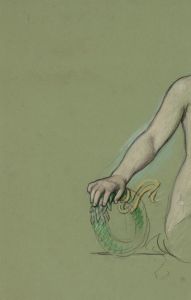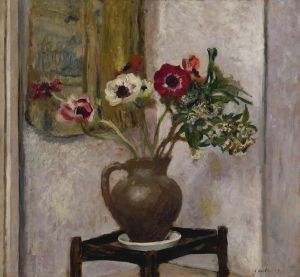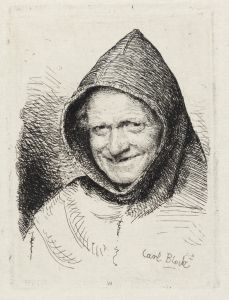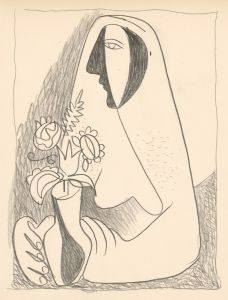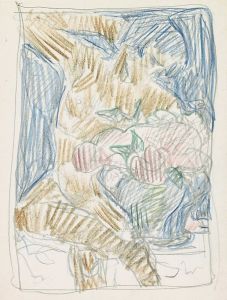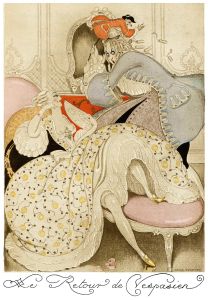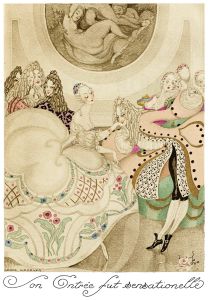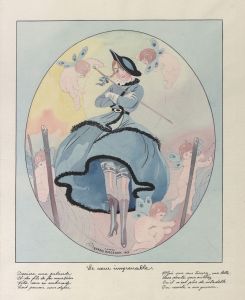
Le Vase de la Paix
A hand-painted replica of Gerda Wegener’s masterpiece Le Vase de la Paix, meticulously crafted by professional artists to capture the true essence of the original. Each piece is created with museum-quality canvas and rare mineral pigments, carefully painted by experienced artists with delicate brushstrokes and rich, layered colors to perfectly recreate the texture of the original artwork. Unlike machine-printed reproductions, this hand-painted version brings the painting to life, infused with the artist’s emotions and skill in every stroke. Whether for personal collection or home decoration, it instantly elevates the artistic atmosphere of any space.
Le Vase de la Paix (The Vase of Peace) is a painting by the Danish artist Gerda Wegener, who is known for her work in the Art Deco style and her contributions to early 20th-century art. Gerda Wegener was born on March 15, 1886, in Hammelev, Denmark, and she became a prominent figure in the art world, particularly noted for her illustrations and portraits.
Wegener's career began to flourish after she moved to Paris with her spouse, Einar Wegener, who later became known as Lili Elbe, one of the first recipients of gender reassignment surgery. The couple's life and Lili Elbe's transition were later depicted in the book "Man into Woman" and the film "The Danish Girl."
Le Vase de la Paix exemplifies Wegener's distinctive style, characterized by its elegant lines, vibrant colors, and a blend of classical and modern elements. The painting reflects the Art Deco movement's influence, which was marked by rich colors, bold geometric shapes, and lavish ornamentation. This movement emerged in the 1920s and 1930s and was a response to the austerity of World War I, aiming to bring a sense of luxury and modernity to art and design.
In Le Vase de la Paix, Wegener employs her signature use of detailed patterns and a harmonious color palette. The painting likely features a central vase, symbolizing peace, surrounded by intricate designs that may include floral motifs, human figures, or other decorative elements. Wegener's work often celebrated beauty and femininity, and she had a particular talent for capturing the grace and elegance of her subjects.
Gerda Wegener's art was well-received during her lifetime, and she exhibited her work in various prestigious venues, including the Salon d'Automne and the Salon des Indépendants in Paris. Her illustrations were also published in fashion magazines such as Vogue and La Vie Parisienne, further establishing her reputation as a leading artist of her time.
Despite her success, Wegener's work fell into relative obscurity after her death on July 28, 1940. However, there has been a resurgence of interest in her art in recent years, partly due to the renewed attention to Lili Elbe's story and the broader recognition of Wegener's contributions to the Art Deco movement.
Le Vase de la Paix remains an important piece within Wegener's oeuvre, showcasing her ability to blend traditional and contemporary elements to create visually stunning and meaningful works of art. Today, her paintings are appreciated for their artistic merit and historical significance, reflecting the cultural and social dynamics of the early 20th century.





